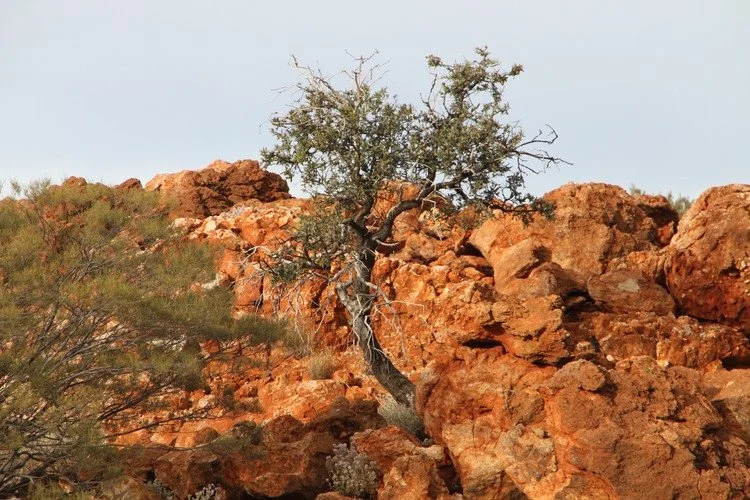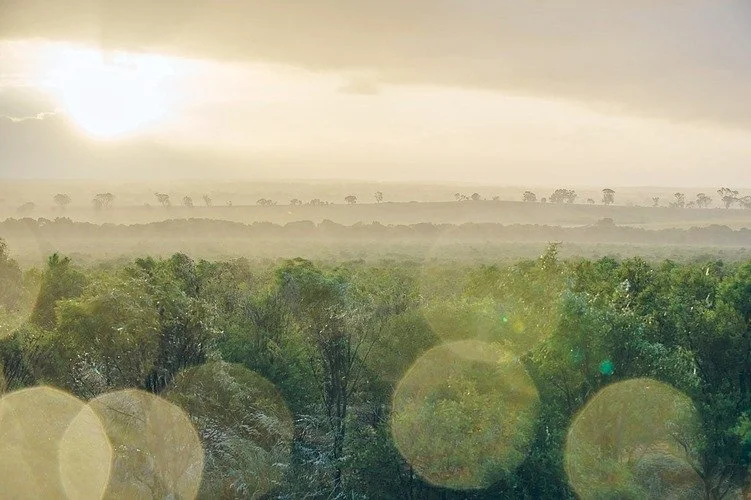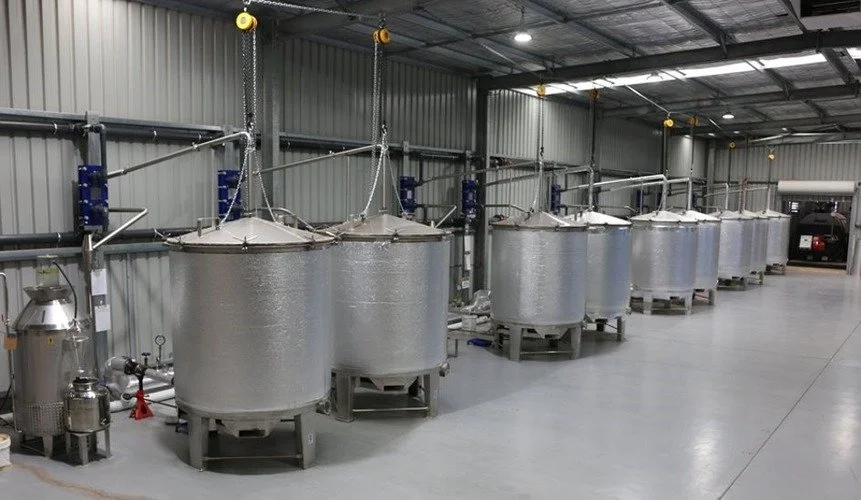
REGENERATE BIODIVERSITY

We are committed to ensuring Australian sandalwood (Santalum spicatum) and its vibrant, biodiverse ecosystems flourish.

greater than the sum of its parts
To ensure the future of Australian sandalwood (Santalum spicatum) and its precious, biodiverse ecosystems, we only use sandalwood from managed lands where harvesting is complemented by intensive replanting, and ecosystems are cared for to preserve biodiversity.
We carefully combine a sustainable mix of wood from Indigenous-managed Native Title lands and renewable, cultivated plantations as well as Government wild harvests. These traceable and audited supply chains are secured through long-term agreements and are complemented by royalty-funded community landcare efforts, to ensure supply for generations to come.
-
In the Wheatbelt region of Western Australia, vast areas of the Australian sandalwood (Santalum spicatum) tree have been cultivated with host trees, creating endemic, mixed species forests. Grown on fragile soils previously used for farming, these trees thrive without the need for irrigation. By reducing soil erosion and salinity while improving mineral balance and carbon capture, cultivated sandalwood helps to regenerate soils in these regions. It also provides habitats for native fauna and acts as important carbon sinks to help combat climate change.
This renewable wood source is an important part of our supply chain, certified by Responsible Wood and PEFC - the world’s largest sustainable forest management certification system that promotes good practices across the entire supply chain.
-
We source wood from the remote outback of Western Australia where Indigenous sandalwood communities harvest on Native Title lands. There, sandalwood management is part of broader landcare efforts - preserving waterholes, replanting endemic plants and protecting native animals like the endangered bilby.
For generations these communities have monitored and managed the health of these lands, carefully balancing sustainable harvesting with intensive replanting. As well as contemporary technologies like GPS to track seed replanting and tree populations, Indigenous harvesters use traditional stewardship practices that far exceed mandated environmental protections, for example leaving more than 30% of allowable trees for harvest. These areas are managed according to Sustainable Management Plans generated by third parties, combining traditional knowledge and stewardship with agroforestry and silvicultural practices to ensure Australian sandalwood and its ecosystem flourishes.
This supply chain has been audited by the Union of Ethical Biotrade (UEBT) to assess social, environmental and economic impacts.
Regeneration and minimum size limits are in accordance with the requirements of the sustainable harvest quotas set annually by Western Australia’s (WA) Department of Biodiversity, Conservation and Attractions (DBCA) – an entity mandated to promote biodiversity and conservation through the sustainable management of WA’s species, ecosystems and lands.
-
The Forest Products Commission (FPC) is a government entity, with large-scale replanting efforts and programs to support endangered seed-dispersing marsupials like the woylie.
The FPC supply chain is Organic-certified and PEFC-certified (Chain of Custody for Forest and Tree Based Products).
Regeneration and minimum size limits are in accordance with the requirements of the sustainable harvest quotas set annually by Western Australia’s (WA) Department of Biodiversity, Conservation and Attractions (DBCA) – an entity mandated to promote biodiversity and conservation through the sustainable management of WA’s species, ecosystems and lands.
-
Supporting the broader ecosystem is an important part of ensuring the future of Australian sandalwood. Through the Indigenous-led K Farmer Dutjahn Foundation, royalties on the sale of Dutjahn Sandalwood oil contribute to community ranger programs, providing resources to preserve cultural sites, manage fire to reduce carbon emissions and promote native regeneration. These programs also work to protect waterholes, monitor native fauna and support the careful management of introduced species that threaten the balance of these delicate ecosystems. These programs respect and draw on the vast cultural and ecological knowledge amassed by Aboriginal Australians over millennia, combined with contemporary technologies and research within a two-way learning context.
An unbroken chain of custody














